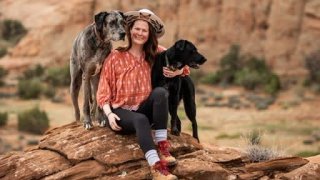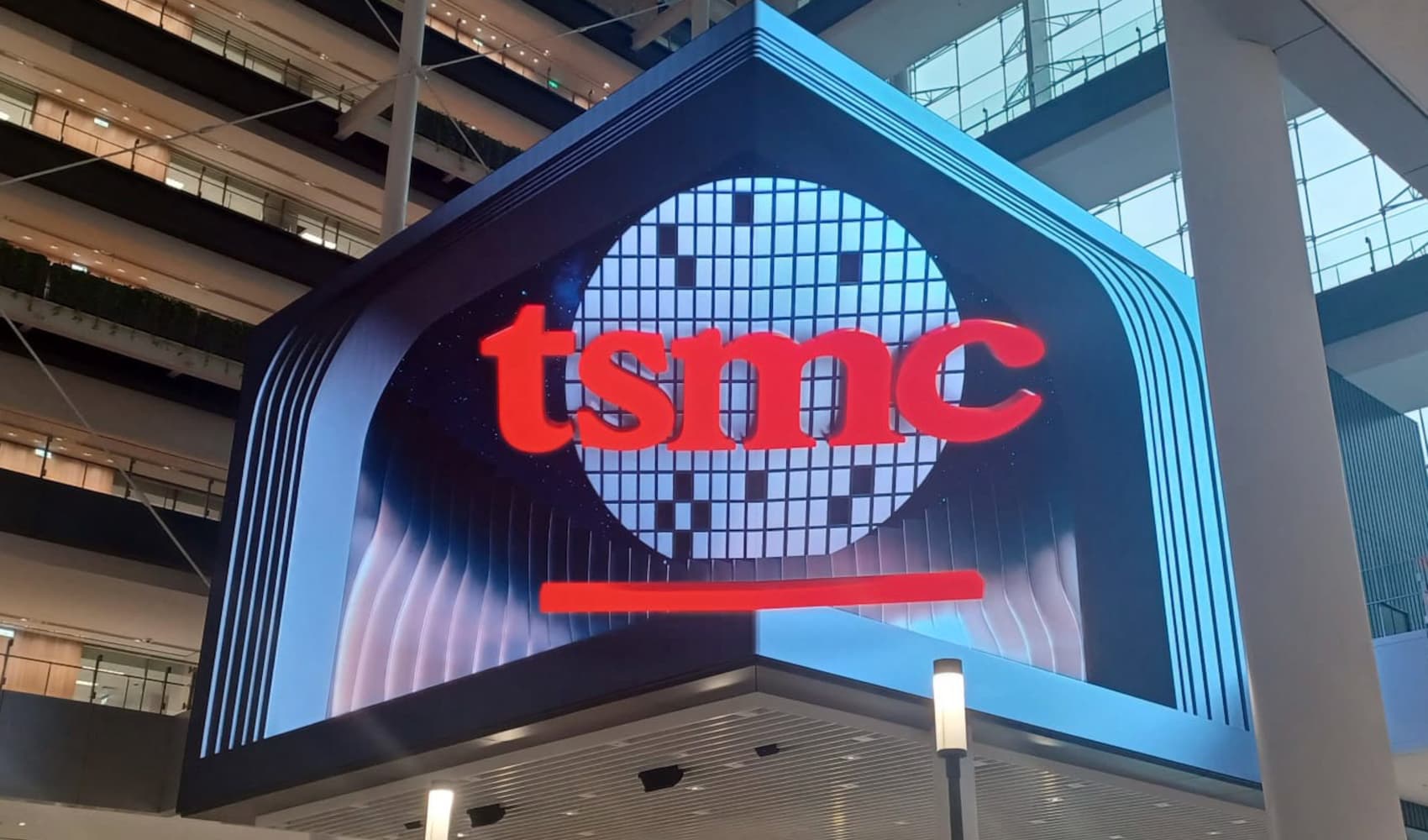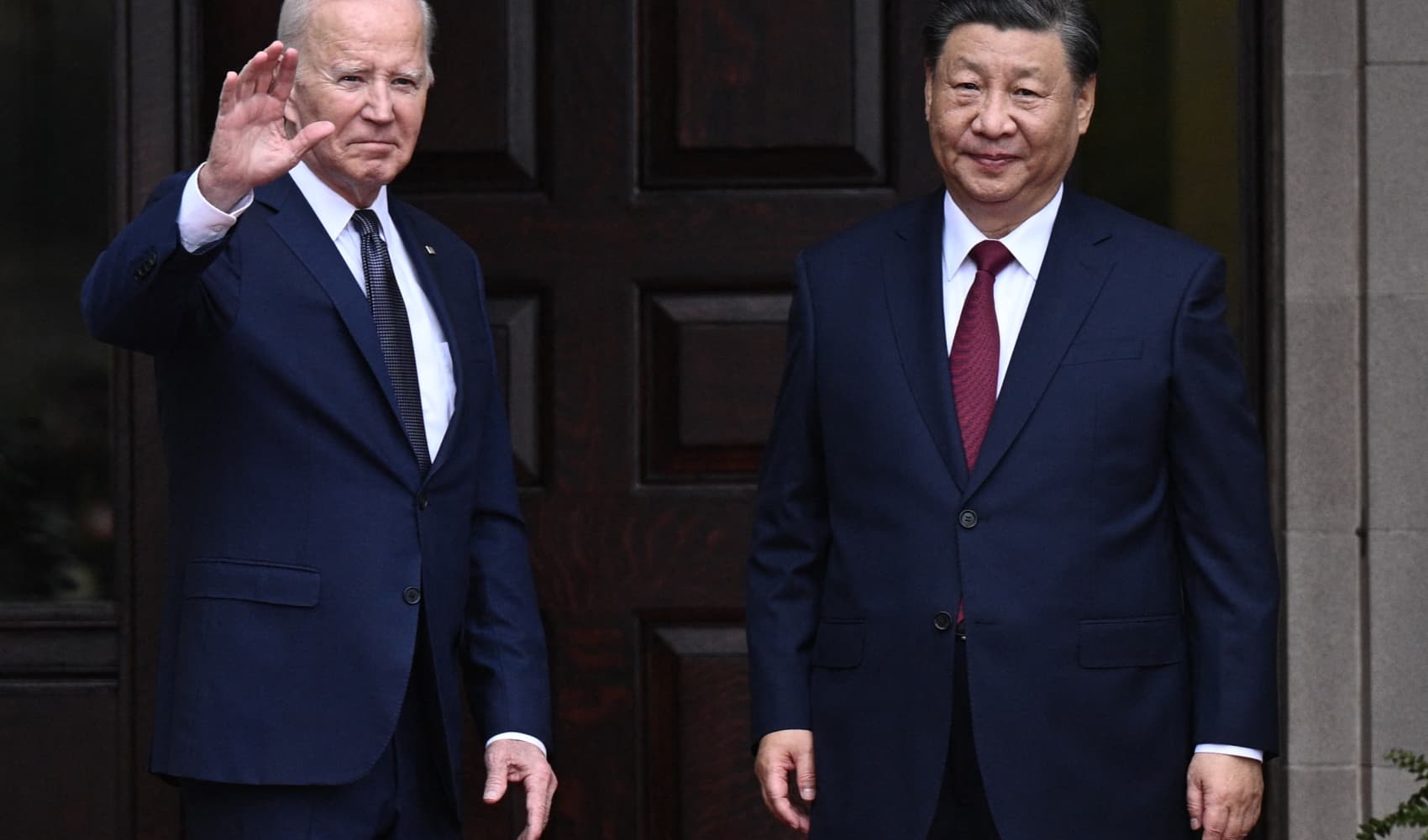
When Mandy Helwege's TikTok video about her side hustle went viral in November, she immediately knew what to do: She quit her job.
Burned out after 12 years in sales, the 35-year-old took the video's engagement as a sign to pursue her passion project full-time. For the three years prior, Helwege had run Seeing Double Edits – a business where she photoshops pictures of pets next to their younger selves – as a casual side hustle on Instagram, making only a few thousand dollars per year. Pursuing it full-time would be a huge gamble, no matter her TikTok popularity.
Today, that video has more than 2.4 million views, and Seeing Double Edits' Instagram account has more than 40,500 followers. More notably: After making just $4,000 from Seeing Double Edits last year, Helwege has taken home roughly $100,000 through June 2022 – most of the company's approximately $120,000 in revenue so far this year – according to documents reviewed by CNBC Make It.
Get Philly local news, weather forecasts, sports and entertainment stories to your inbox. Sign up for NBC Philadelphia newsletters.
Demand for the rest of the year remains high. Once per month, Helwege opens up 160 to 185 new slots of customer availability for the following month. She consistently sells out in 90 seconds, she says – and the overwhelming interest has pushed her workload to roughly 80 hours per week. In March, she hired an employee to pick up another 30 hours per week.
"Virtuality is a blessing and a curse," Helwege tells CNBC Make It. "It takes a lot of time and energy to create five new pieces of art every day."
Helwege says things are good, but for self-preservation purposes, she's actually hoping to plateau her business's trajectory. Here's what goes into her 80-hour workweek, and why her goal is to sustain her current business traction, rather than grow it.
Money Report
Turning creativity into a business model
It all started as a fun idea for her Great Dane's Instagram account. When Helwege posted that first photoshopped image of her own dog, her friends flocked to it, and she gradually started building a following on Instagram.
But cuteness doesn't necessarily translate to glamour. As soon as Helwege's TikTok took off, orders flooded in, and she learned a couple of business lessons the hard way.
"I was so overwhelmed when it went viral, because I posted it thinking, 'OK, if I can get 25 orders from this, that'll be nice,'" Helwege says. "I ended up with hundreds of direct messages on Instagram, because that's how I used to take orders."
Quickly, she paid $314 to start a commerce website on GoDaddy.com, which takes 2.3% plus 30 cents of every sale. She then went through her Instagram inbox and made a list of the first 350 people who requested orders.
Multiple of those 350 people ended up ghosting her, or refusing to pay for the hours she spent on their art, so she set up a reservation system – $10 for next month's orders, $20 for this month's orders – and started capping orders, initially at around 150 per month.
Today, Helwege pays roughly $55 per month to host her website and run Adobe Photoshop and Lightroom on her personal computer. And with each piece now starting at $125, she makes more than double her monthly fees during every two- to five-hour project.
Keeping up with demand
By March, demand grew high enough for Helwege to hire her lone employee – and test her business's bandwidth. The next month, she upped Seeing Double Edits' monthly capacity to 230 reservations. The company made $25,000 in the process.
But it wasn't sustainable: She worked 18 hours per day that month, and she became scared of potentially growing to hate her passion.

So, she scaled back. Friends and family tell her she could raise prices and still sell out, she says. Her response: She wants to keep her art affordable for her audience, and says making $45 to $50 per hour for her work is a perfectly reasonable way to make a living.
The relatively low prices also help Helwege stand out against other Instagram art businesses: Seeing Double Edits represents just a small portion of the online art market, which was worth $13.3 billion in 2021, according to a recent report from investment bank UBS and art show company Art Basel.
"I'm never going to be the artist that wants to charge as much as possible," Helwege says. "I have such a big heart for animal lovers and pet parents, and I realize we're not always the wealthiest. I love the sentiment of being able to provide everyday working Americans who love their pets [with] the ability to have a piece of beautiful artwork on their walls."
Sign up now: Get smarter about your money and career with our weekly newsletter
Don't miss:
Having a pet could help you stay sharper as you age, according to a new study — here’s how
How TikTok’s head of U.S. safety still finds a way to log off social media while on vacation






